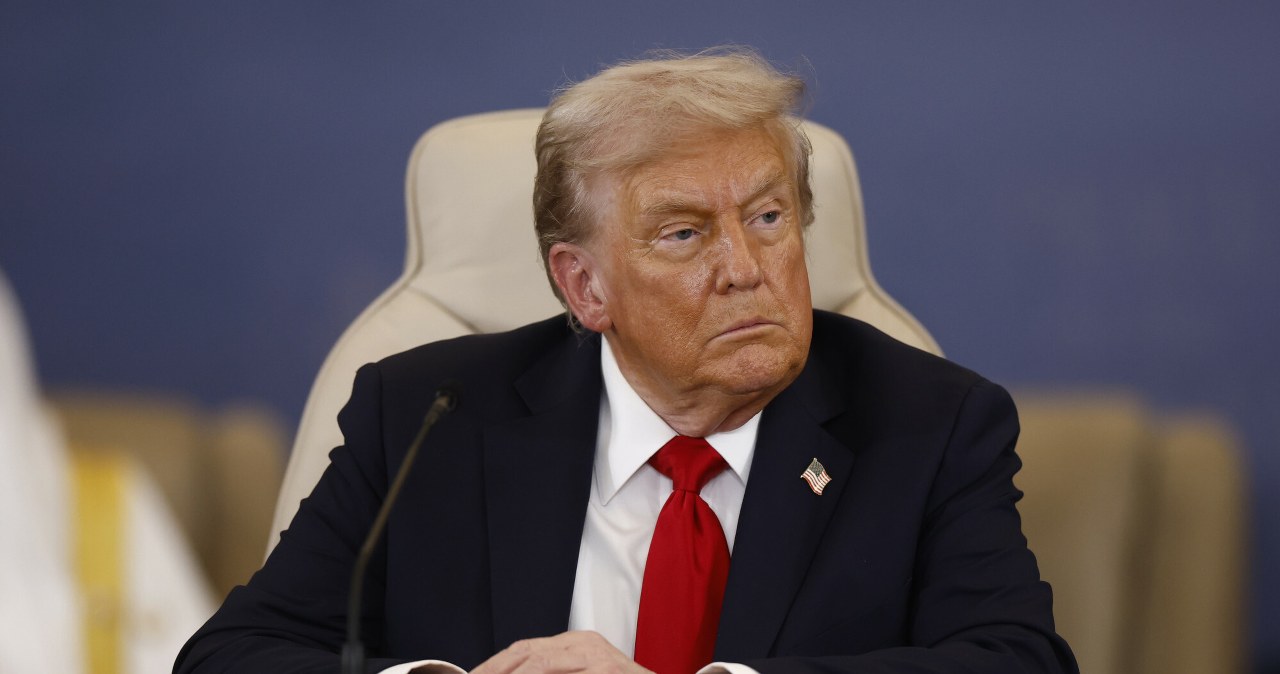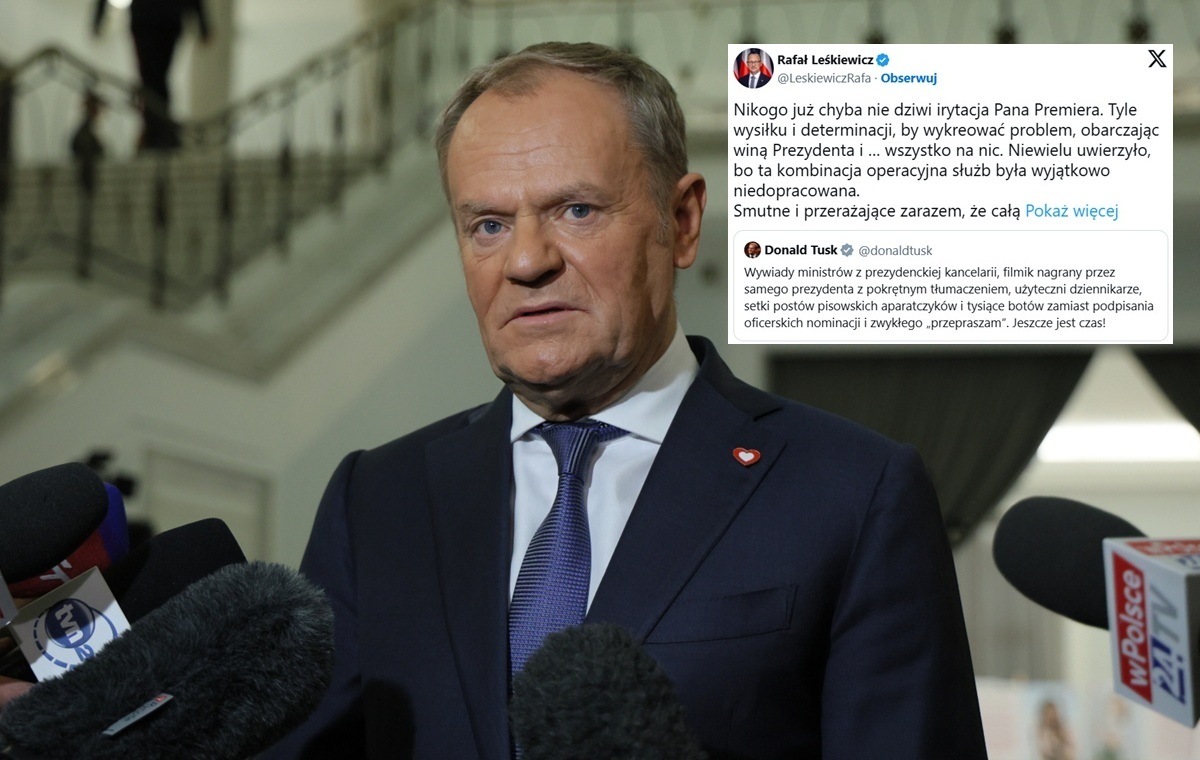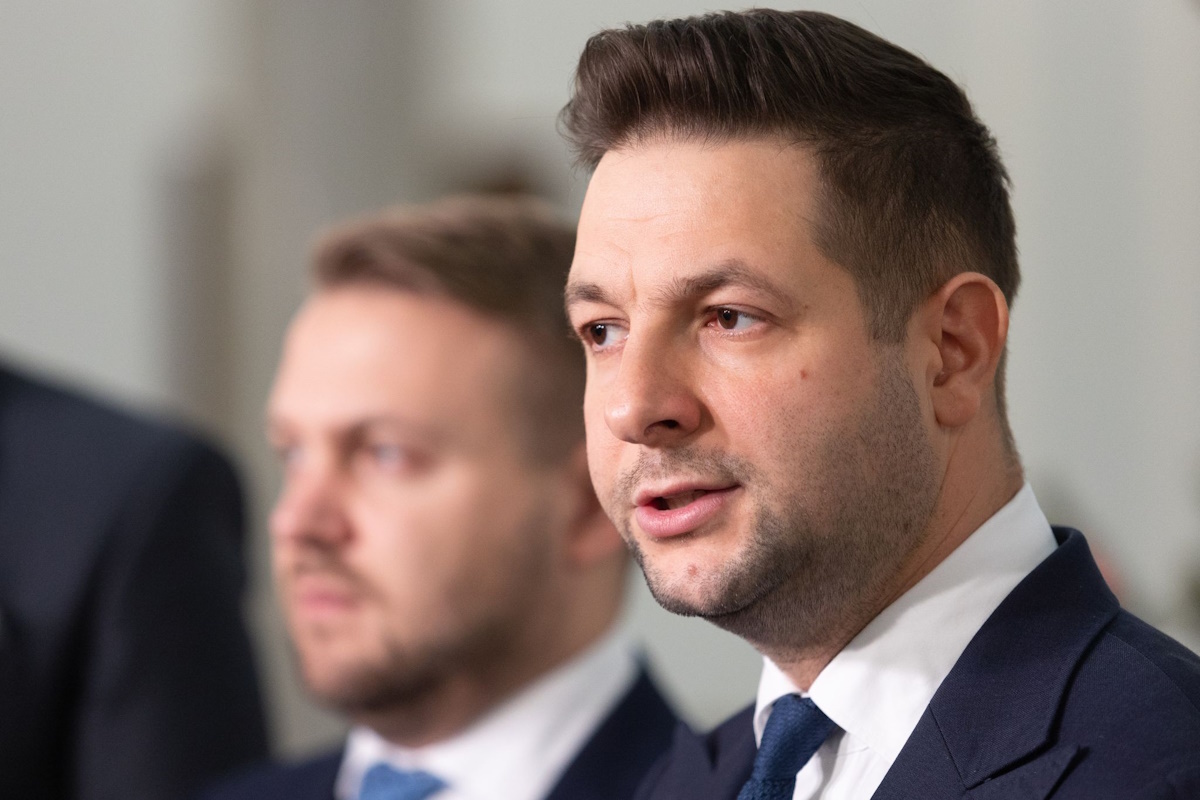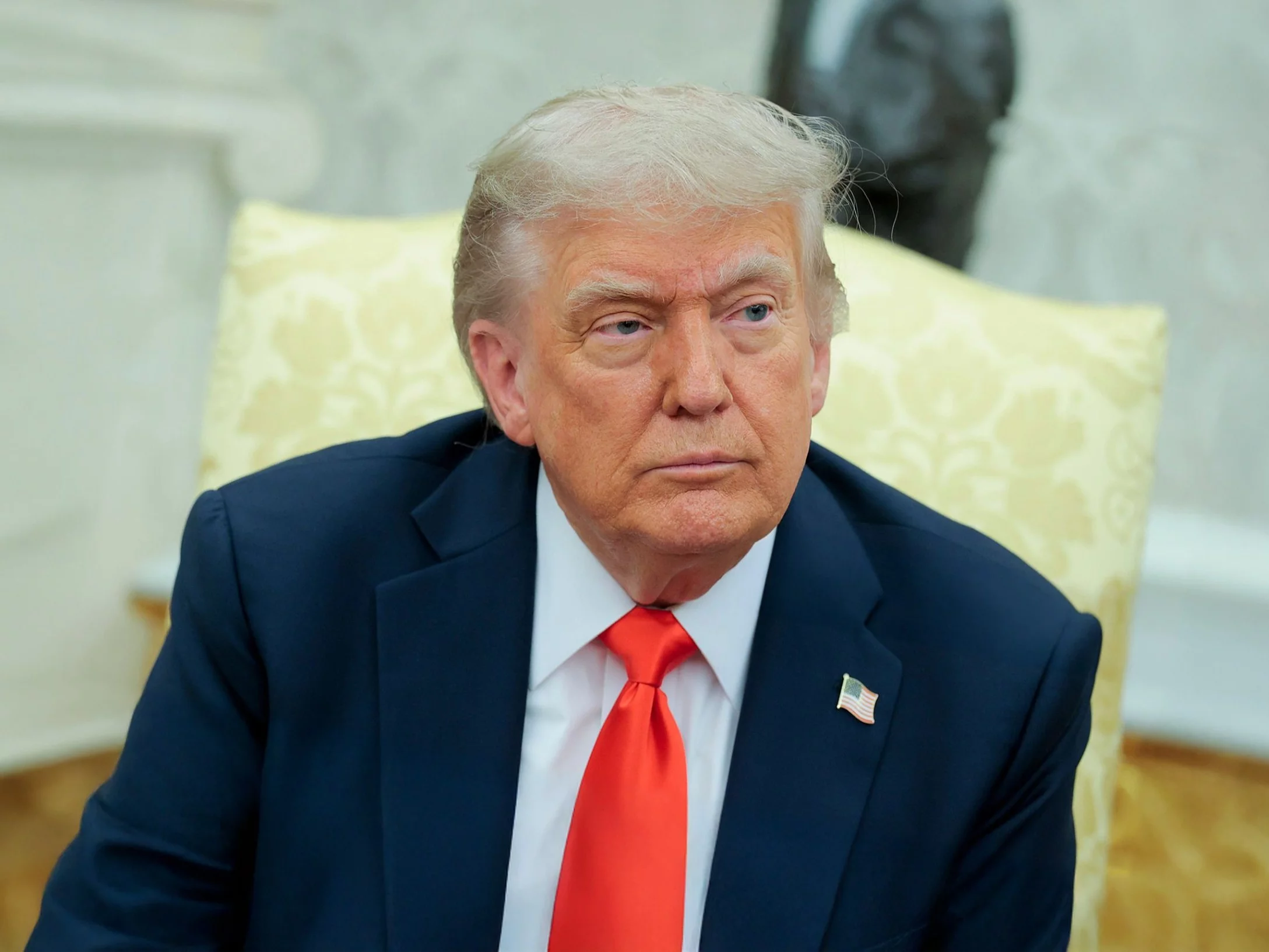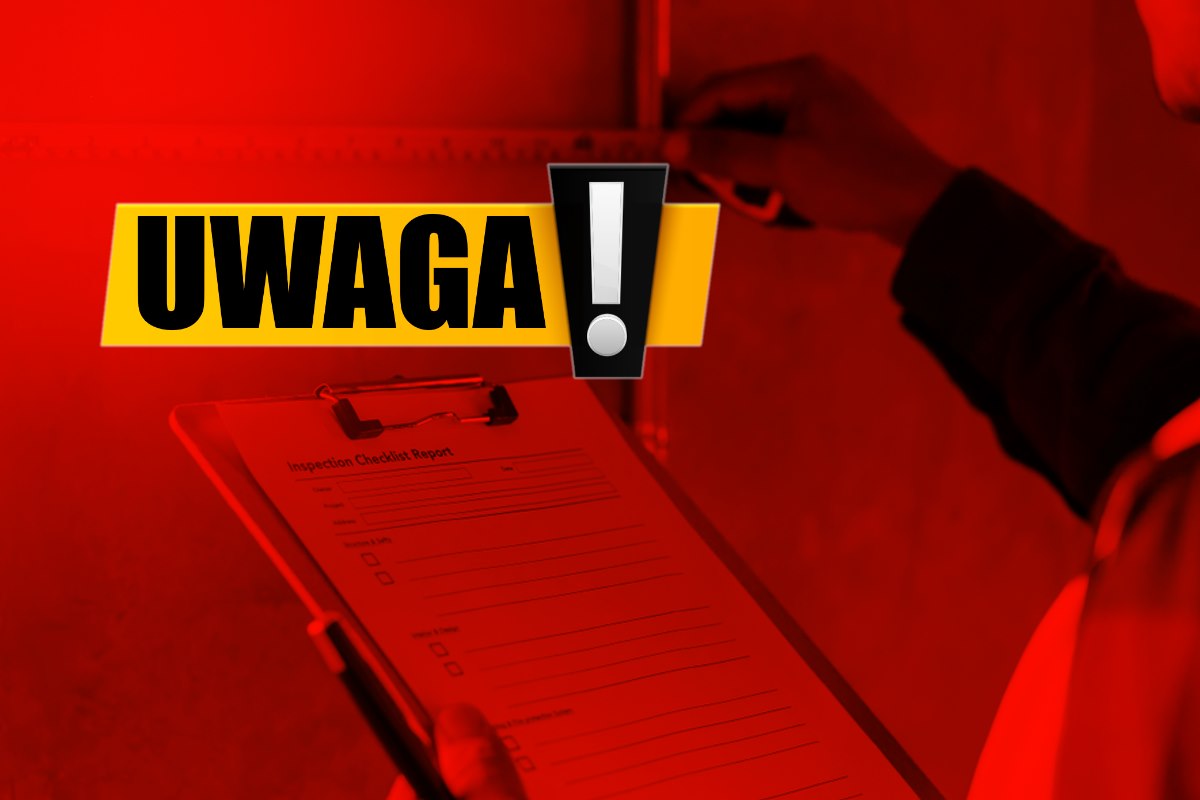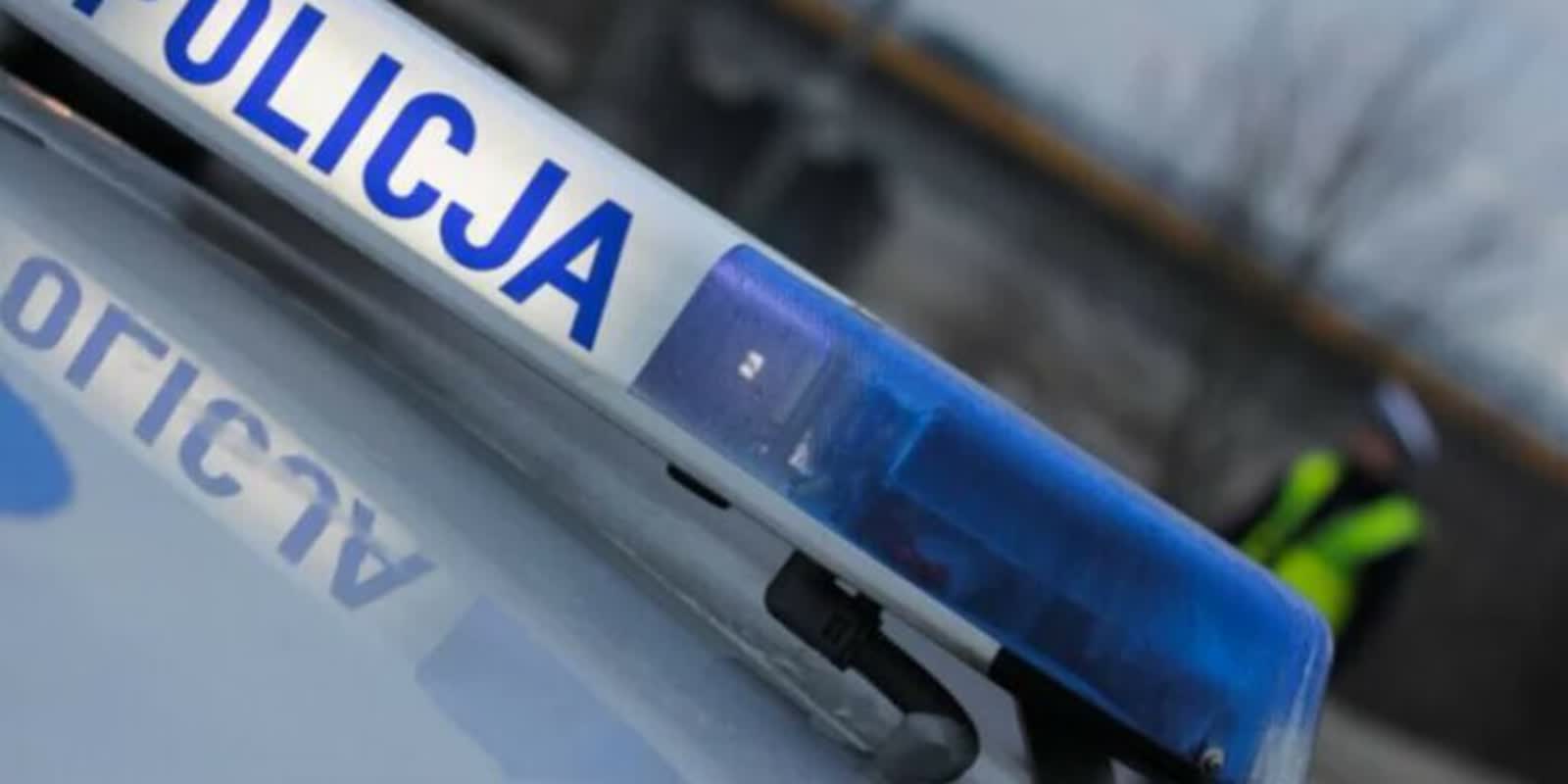„Georgia: The greatest victory of Russian propaganda“ - Hubert Koziel
‚PLUS – MINUS‘ – ‚RZECZPOSPOLITA‘ 11.08.2023
That every war is accompanied by lies is a well-worn cliché. However, the Russian-Georgian war (from which 15 years have passed) was accompanied by gigantic amounts of lies, which are uncritically repeated to this day by many Polish and Western "experts".
Although the civilized part of the world now unequivocally rejects the Kremlin's propaganda narrative regarding the war in Ukraine, at the same time it still supports Russian lies about the war against Georgia. So we can still hear from analysts that this war broke out because Georgian President Mikheil Saakashvili "was provoked" and ordered an attack on Tskhinvali, the capital of the separatist region of South Ossetia. Some even claim that Saakashvili has been "preparing" for a long time to take over the rebellious regions. So Russia "had no choice" and "had to defend its citizens." Sometimes there are false calculations about thousands of Ossetian civilians who allegedly died during the Georgian shelling on August 8, 2008. killed residents of Tskhinvali".) Russian losses during this war were supposed to be negligible - after all, so reported the Russian Ministry of Defense. "Experts" somehow do not question this, but sometimes they quote stories of Russian military men about battles that did not take place during this war. Few people ask themselves when and why this war really started.
Countdown to war
The Russian narrative is inconsistent. On the one hand, official propaganda says that Russia is an omnipotent power that can easily defeat the US and “cover with hats” NATO armies. On the other hand, it indicates that Russia has been mortally threatened by the actions of relatively small countries such as Georgia. Sometimes Kremlin propagandists admit that Russia could not accept Georgia's desire to integrate with NATO and the rule of pro-Western President Saakashvili. Between the lines one could read that Moscow did not like the reforms carried out by the Georgian leader, the fierce fight he waged against organized crime, and even the general improvement of the living standards of Georgians. Could the beginning of the conflict be the Rose Revolution of November 2003, during which Saakashvili overthrew Eduard Shevardnadze, the former Soviet foreign minister? No, because Russia's hostile actions against Georgia began in the fall of 1999, just over a month after Vladimir Putin became Russian prime minister. At that time, the Russian government unilaterally lifted the ban on crossing the Abkhaz section of the Russian-Georgian border by men of military age. This ban was introduced in January 1996 as a result of an agreement between the presidents of the countries of the Commonwealth of Independent States and was intended to prevent foreign "volunteers" and mercenaries from supplying the Abkhazian armed forces.
In December 2000, Russia introduced visas for citizens of Georgia, and at the same time implemented a simplified visa system for residents of Abkhazia, South Ossetia and South Ossetia. and Adjara. In February 2001, a Russian intelligence agent organized a meeting with the radical Ossetian opposition. He instructed her on how to defeat Ludwig Chibirov, the president of South Ossetia, in the elections. Chibirov was inconvenient for Russia because he was seeking a peace agreement with Georgia. He lost the election and Eduard Kokoity, one of the participants of the meeting with the Russian agent, became president. In January 2002, he held a meeting with 50 representatives of the Ossetian elite. “Kokoity presented them with a plan to start a war with Georgia in order to gain independence for South Ossetia. To most of those present at that meeting, the plan seemed so extreme that they considered it absurd. Later, all those who opposed Kokoity's decision disappeared from the South Ossetian political scene. Some left South Ossetia, some ended up in prison, and some died in unexplained circumstances,” wrote Irakli Matcharashvili in his book “2008. The Russo-Georgian War". A few months later, the Russian government began to distribute its passports en masse to South Ossetians. and Abkhazia. At the same time, Russia demanded that Georgia provide its airspace for the purpose of pacifying Chechnya. Georgia refused, so on August 6, 2002, the Russian air force bombed its territory. The bombs fell on the Pankiski Gorge, where Chechen refugees took refuge and where Chechen guerrillas penetrated. In September 2002, Putin stated that Georgia was the country of origin of the "terrorist threat" and that Russia was ready to use military force against it.
In the following years, Russia expanded the army of South Ossetia, staffing it with its officers. In 2004, Anatoly Barankiewicz, a colonel in the Russian army, became South Ossetian defense minister. In 2005, General Anatoly Zaytsev, the former commander of the Zabaikal Military District, became the chief of staff of the South Ossetian army, and Anatoly Yarovoy, former head of the FSB in the Autonomous Republic of Mordovia, became the head of the local KGB. The Ossetians were provided with, among others, 70 T-72 tanks. (This is more tanks than currently have, for example, the Netherlands or Norway.) Heavy equipment was collected, among others in the base in Java, to which observers from the OSCE were not allowed. "Until 2008, the separatist regions had stocks of arms (received for free) twice as much as the number of arms in the hands of Tbilisi," Matcharashvili pointed out. Provocations have begun. In the clashes of July and August 2004, 19 Georgian and 5 Ossetian soldiers were killed. In October, saboteurs blew up several key power lines in Georgia. After the Georgians arrested members of the Russian sabotage network in September 2006, the Russian troops in the Caucasus were put into combat readiness and the Black Sea Fleet began maneuvers near the Georgian coast. In November 2006, Putin announced that he would make Georgia "Northern Cyprus".
On February 27, 2007, the newspaper "Segodnia" published an article by Zaur Alborow, an "independent military analyst", entitled "Why Georgia Will Lose the Future War". It describes exactly the same Russian attack plan that was implemented in August 2008. In March, Russian helicopters fired rockets at Georgian administration buildings in the Kodori Gorge, the part of Abkhazia then controlled by Georgia. In August, two Russian planes bombed a Georgian radar station. The hybrid war gained intensity after April 20, 2008, when a Russian plane shot down a Georgian drone. The Russians began to transfer larger forces to Abkhazia and build new ammunition depots there. In June, Russian analyst Pavel Felgengauer stated that the decision on the outbreak of war had already been made and that clashes would begin in August.
On July 6, the troops of the Transcaucasian Military District began the Caucasus 2008 exercise. Soldiers were handed out "Know Your Enemy" brochures dedicated to the Georgian army. At the bases in South Ossetia. and Abkhazia, fortifications were built. – Russian troops will enter Georgia to protect Russian citizens and help peacekeepers. (…) There are Russian tanks at the northern entrance to the Rokski Tunnel, said Teimuraz Mamcurov, the president of North Ossetia, in an interview with Niezavesimoj Gazeta on July 27. On July 29, South Ossetian forces fired on OSCE observers and a Georgian peacekeeping component. The shelling of Georgian villages located on the armistice line also began, and on August 2, the evacuation of the inhabitants of Tskhinvali began. By midnight on August 7, 20,000 people had been evacuated from there. people. Mikhail Mindzayev, the South Ossetian foreign minister, stated that his quasi-state demands areas of central Georgia, including the resort town of Borjomi. Until the evening of August 5, at the northern entrance to the Roki Tunnel - connecting Russia with South Ossetia. – Russian troops of 11,700 assembled. soldiers and 891 armored vehicles. At the time, Saakashvili was desperately trying to contact the Russian authorities. He was ready to negotiate. However, on August 6, the Russian Foreign Ministry announced that "the time for talks between the presidents has not yet come."
Casus belli
The official version of the events says that on August 7, 2008 at 11:40 p.m., Saakashvili ordered Georgian troops to open artillery fire against hostile groups in South Ossetia. Many "experts" claim that he allowed himself to be provoked by Russia and provided it with a pretext for a full-scale invasion. A different light on this decision is shed by the documentary “Casus belli. What is this war for?" by Maciej Maciejowski and Michał Orzechowski. They point to a fact that is usually overlooked by “experts” – that Russia violated the 1992 cease-fire agreement regulating the status of peacekeepers in South Ossetia. The agreement clearly stated that both Russia and Georgia could contribute up to 500 troops without heavy offensive weapons to the peacekeeping force. Russia's introduction of larger forces into South Ossetia constituted a breach of the truce and gave Georgia full right to an armed response.
- My analysis shows that it was not the Georgians, but the Russians who started the war with Georgia in 2008. They did it by repeatedly attacking Georgian territory before August 8 and by moving a column of tanks and armored personnel carriers through the Roki Tunnel to South Ossetia as early as August 7, which was a clear violation of the 1992 Russian-Georgian armistice agreement, Michał Orzechowski, co-author of the film ‚Casus belli‘, tells ‚Plus Minus‘.
Matcharashili reports that already on August 2, part of the Russian troops crossed the border of Georgia. About the presence of increased Russian forces in South Ossetia testified by the accounts of Russian military and Ossetians he collected. On the other hand, on the night of 6/7 August, the staff of the North Caucasian Military District was moved to Java, i.e. on the territory of South Ossetia. Georgian radio intelligence also monitored Russian and Ossetian military communications. So he could get information about the transfer of armored troops through the Roki Tunnel. The Georgian authorities had no doubts that an invasion was being prepared. And they couldn't afford to stand idly by while the enemy gathered forces to attack. It was Tskhinvali that was the key to defending Georgia. From there, Russian troops would enter a widening funnel-shaped valley, from which they would enter the main highway connecting the east and west of the country. It would be only 67 km to Tbilisi. According to Orzechowski and Maciejowski, Saakashvili decided to fight a desperate fight for Tskhinvali. Not to win it, but to buy enough time to organize a diplomatic intervention to save Georgia.
Saving the country
Georgia could not win this war. Its entire armed forces had 32,000 men. soldiers with 191 tanks and a small air force with, among others, 10 attack bombers and 8 attack helicopters. Meanwhile, only the Russian 58th Army had 70,000. – 80 thousand soldiers with 620 tanks, supported by the 4th Air Force with 350 combat aircraft and 75 combat helicopters. To this must be added the Abkhaz army of 22,000. people and South Ossetian with 18 thousand. people. The Georgians did not have the strength to effectively defend themselves on two fronts and the only thing they could do was to delay the aggressor's army, hoping for a diplomatic intervention.
- While in Georgia in October 2008, shortly after the end of the main hostilities, I made some important observations. First of all, I was surprised that while numerous bombed houses and blocks of flats were visible, there were relatively intact buildings with potential military use, such as schools, warehouses, public administration buildings, etc. From my analyzes it turned out that the Georgians managed to Russian aggression to keep Russian troops in the valley region around Tskhinvali, which caused fury among Russian commanders, who decided on massive terrorist aerial bombings of civilian facilities throughout Georgia, recalls Orzechowski.
During this several-day war, the Georgians lost, according to official figures, 180 soldiers and policemen killed, 1,174 wounded, 4 missing and 49 prisoners. The losses among Georgian civilians amounted to: 224 killed, 15 missing, 547 wounded and up to 230,000. refugees. The Ossetians admitted to 27 dead and 69 wounded and 162 civilians killed (which, however, also included armed "volunteers"), the Abkhazians to 1 dead and 2 wounded. The Russians officially admitted that they had only 71 dead and 340 wounded. However, they did not provide a list of names of the dead. According to the accounts of the Russian veterans themselves, their losses were greatly underestimated. “Only five of our tanks survived. On them we reached a clearing, where we defended ourselves until the morning," recalled the Russian soldier Alexander Plotnikov, who wrote earlier that his unit started the fight with 17 tanks. It was also destroyed the staff column of General Anatoly Hrulev, commander of the 58th Army. Of the 30 infantry fighting vehicles, 3 personnel carriers and 2 tanks of the column, only 6 machines survived. The actions of the Georgian anti-aircraft defense, including the Polish Grom missiles, were also an unpleasant surprise for the Russians. Russia officially admitted the loss of four aircraft, including the Tu-22M strategic bomber. Georgians reported 21 hits. The Black Sea Fleet had it much easier. All Georgian naval units were then out of order in the port of Poti. So the Russians came up with "the first naval battle of the 21st century." during which they were to sink the Georgian flagship patrol ship Dioskuria. In fact, they only fired on a civilian grain ship, but that didn't stop Putin from awarding orders to the ship's commanders for this "epic clash."
Ultimately, the Russian troops were stopped by two competing diplomatic interventions: President Lech Kaczyński (with the blessing of the Americans) and French leader Nicolas Sarkozy (who later realized that the Russians had cheated him in the armistice agreement). Russia, however, did not think about peace. In the autumn of 2008, signals indicating a possible resumption of hostilities began to flow again. - From my conversations and analyzes on the spot in Georgia, it appeared that the Russians were most likely preparing for a second, final strike on Georgia in autumn 2008. bringing Russian units back to the border areas of Georgia, including artillery and tank units, withdrawing civilians from the border areas on the Russian side of the occupation cordon, presence of patrols of uniformed Russian Spetsnaz units and other special units on the Georgian side of the border. After returning to Poland, I passed my opinions and analyzes through several channels to the office of President Lech Kaczyński as well as to the media and opinion leaders. Later, I received information that my analyzes had reached the Chancellery of the President, and that he had also received similar information from other sources, Orzechowski claims. On November 23, 2008, President Kaczyński went with Saakashvili to the vicinity of the Russian-Ossetian post in Akhalgori, located in the "buffer zone". - As I learned from other sources, Russian troops were supposed to be standing behind the checkpoint, preparing to attack Tbilisi. At the sight of the approaching column of cars, the Russian soldiers from the post opened fire. The media informed the world about this incident, which was supposed to stop the upcoming Russian strike. Since a few days later the first snow began to fall on the passes, it contributed to preventing the operations of the Russian army - points out Orzechowski.
A few years later, Moscow dealt with Georgia in a different way. Power in Tbilisi was seized by the team of an oligarch who made a fortune on business in Russia. Saakashvili is currently a de facto political prisoner of this team. It is dying before the eyes of an idle world. The West is reluctant to defend him or correct the Russian lies about the 2008 war. Even "renowned experts" like Mark Galeotti repeat the fairy tale that Saakashvili started that war. Nobody in the West wants to admit that after 2008, welcoming Putin, Medvedev and Lavrov in the salons, it was known that they were appeasing bandits who wanted to set the world on fire.

https://www.rp.pl/plus-minus/art38931881-wojna-w-gruzji-zwyciestwo-rosyjskiego-klamstwa

